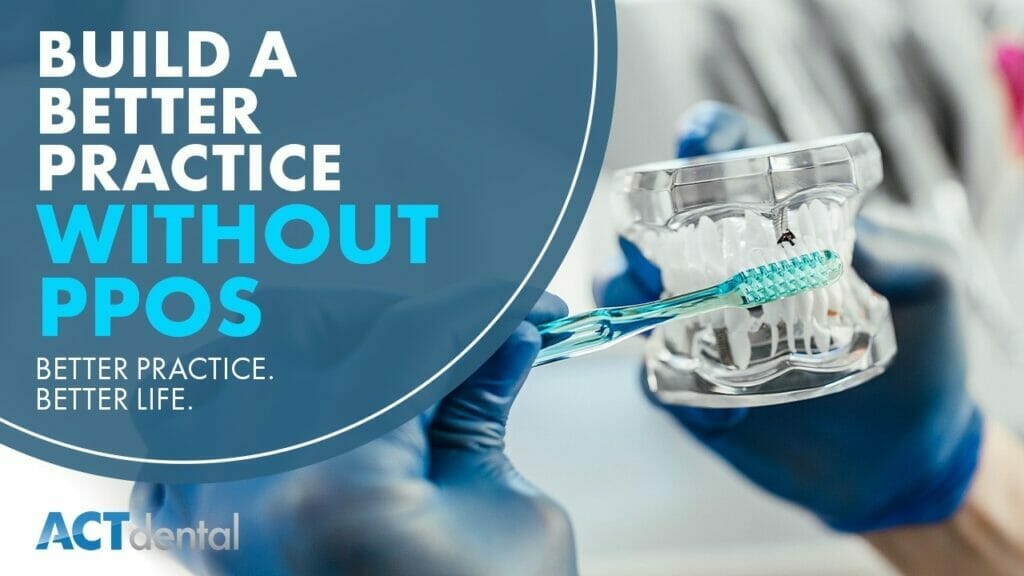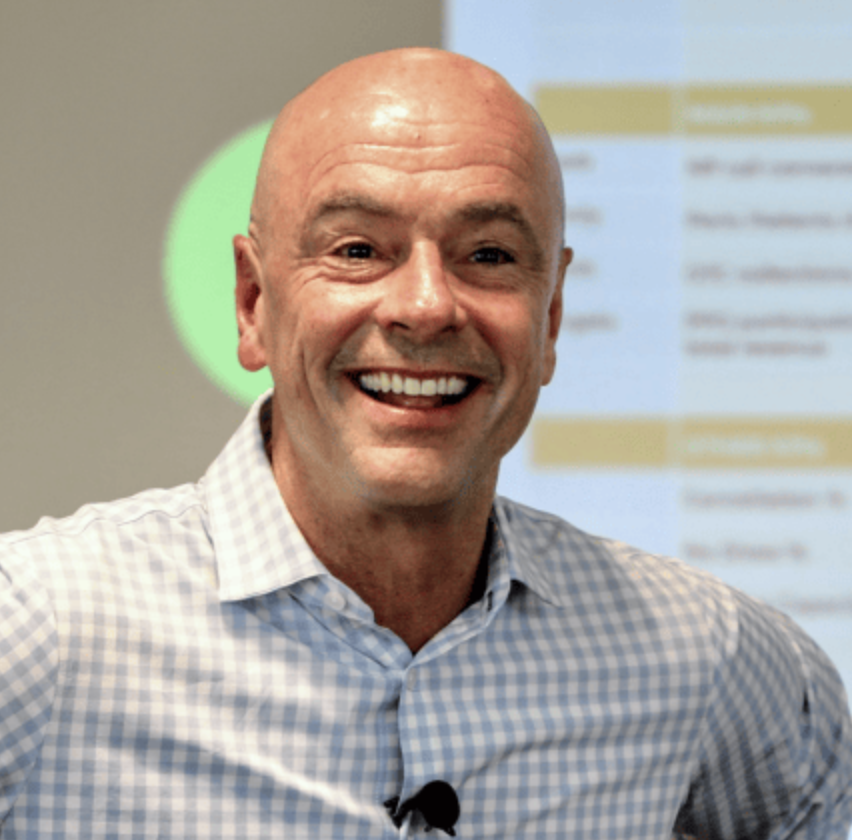There’s no denying that PPOs cause headaches for a lot of practices, but when you start the transition away from them, those headaches begin to vanish. There’s a lot of misinformation out there about what it means to drop PPOs, so I recently interviewed my good friend Dr. Bill Crinzi about his journey away from PPOs to show what it looked like for him. While there was some uncertainty and fear initially, he hasn’t looked back since going fee for service, and his practice is better than ever!
He got involved with a particular insurance company back in 2005 when it was a good deal—their fees were the same as his fees, so it was great at first. However, each year the reimbursement became less and less, and Bill and his partners had to work harder and harder to take care of the patients coming in left and right. His practice had 5,800 active patients, and 45% of them were PPO, so the entire practice was absolutely frazzled. They were working incredibly hard, but write-offs prevented them from making much, so they needed to refocus.
Take it Step by Step
COVID provided the final nudge they needed to pull the plug, so they finally went for it. Bill mentioned the fear present in the initial phase: fear of losing patients, revenue, and team members. No matter who you are or how solid your practice is, this is a scary step to take. It’s not like changing the color of your practice’s walls or deciding to do different procedures—this is a major fundamental shift in the way you do business. You can’t let fear paralyze you though, so just make small steps in the right direction; eventually you’ll reach your destination.
Have a Conversation
The key to making a successful transition is communication. Your patients will have questions, and it’s likely they’ve been misinformed about what you dropping their insurance actually means. Most patients don’t realize that even if you’re no longer in-network with their provider, they can still come to you. And because of the way the PPOs are contracted with the various employers, they may end up paying 100% of the fee for the patient. The only thing that truly changes for the patient is that your fee is due at the time of service. Many dentists, Bill included, will even file the claim as a courtesy for the patient, and in a few weeks they’ll receive a check from the insurance company. It’s crucial to help the patient realize that their relationship with you will not disappear—it’s just going to be one-on-one now.
Unfortunately, you’re going to lose some patients when you move away from PPOs—it’s just a fact of the matter. Bill said his practice went from 5,800 patients to 4,400 when they made the transition, but he doesn’t regret a thing.
It Gets Better
Even though some patients left, Bill said the practice has never been better. He went from working long hours five-and-a-half days a week to working from 7:00-3:00 three days per week, and it’s been incredible for him. Even with the lower number of patients, there wasn’t a loss of revenue because now they weren’t writing anything off to the insurance companies. Bill noted that prior to going out of network, they had a month where they did $300,000 in production, but $75,000 of that was written off. Think about it—that’s 25% of their monthly production, gone. In different terms, they were effectively working one out of every four days for free, and no one should do that.
I say it often, but it’s such an important concept: “Time is life.” When you’re shackled to an insurance company that’s taking 25-30% of your money, you have to work harder and harder to try to make it up, but it only ends up increasing the money they take while reducing your time outside of work. Nobody wishes they’d worked more at the end of their life—it’s the time we didn’t spend with our family and friends that we wish we had more of. Neither Bill nor I have ever met a dentist that regrets making the transition away from PPOs, because their lives and practices are so much better because of it.
There’s no ignoring the fact that leaving your PPOs is a terrifying step to take, but don’t be afraid. Some patients will leave, but you’ll find they were the patients who didn’t fit your values. As long as you’re providing good dentistry with a caring and compassionate team, people will see the value that you bring to their lives. And remember, you’re not alone in this process. Download our PPO Roadmap for a step-by-step guide that will make the transition as painless as possible, and schedule a call with our awesome coaches to get an expert’s advice. A Better Practice and a Better Life are achievable for you—you just have to take the first step!
Kirk Behrendt is the CEO and Founder of ACT Dental
Kirk Behrendt
Kirk Behrendt is a renowned consultant and speaker in the dental industry, known for his expertise in helping dentists create better practices and better lives. With over 30 years of experience in the field, Kirk has dedicated his professional life to optimizing the best systems and practices in dentistry. Kirk has been a featured speaker at every major dental meeting in the United States. His company, ACT Dental, has consistently been ranked as one of the top dental consultants in Dentistry Today's annual rankings for the past 10 years. In addition, ACT Dental was named one of the fastest-growing companies in the United States by Inc Magazine, appearing on their Inc 5000 list. Kirk's motivational skills are widely recognized in the dental industry. Dr. Peter Dawson of The Dawson Academy has referred to Kirk as "THE best motivator I have ever heard." Kirk has also assembled a trusted team of advisor experts who work with dentists to customize individual solutions that meet their unique needs. When he's not motivating dentists and their teams, Kirk enjoys coaching his children's sports teams and spending time with his amazing wife, Sarah, and their four children, Kinzie, Lily, Zoe, and Bo.
RECENT POSTS
876: The Kois-Coachman Digital Dentistry Event & The IntraOral Scanner Festival – Dr. Christian Coachman
April 18, 2025
Rest Isn't A Reward, It's A Requirement!
April 14, 2025
Data Snapshot: # of Office Days Open
April 11, 2025
Weather Any Storm: The Power of Focus
April 07, 2025
871: Metric Mondays: Gross Profit Percentage: The Health Indicator of Your Practice – Dr. Barrett Straub
April 07, 2025
Embrace Conflict to Unlock Trust
April 04, 2025

